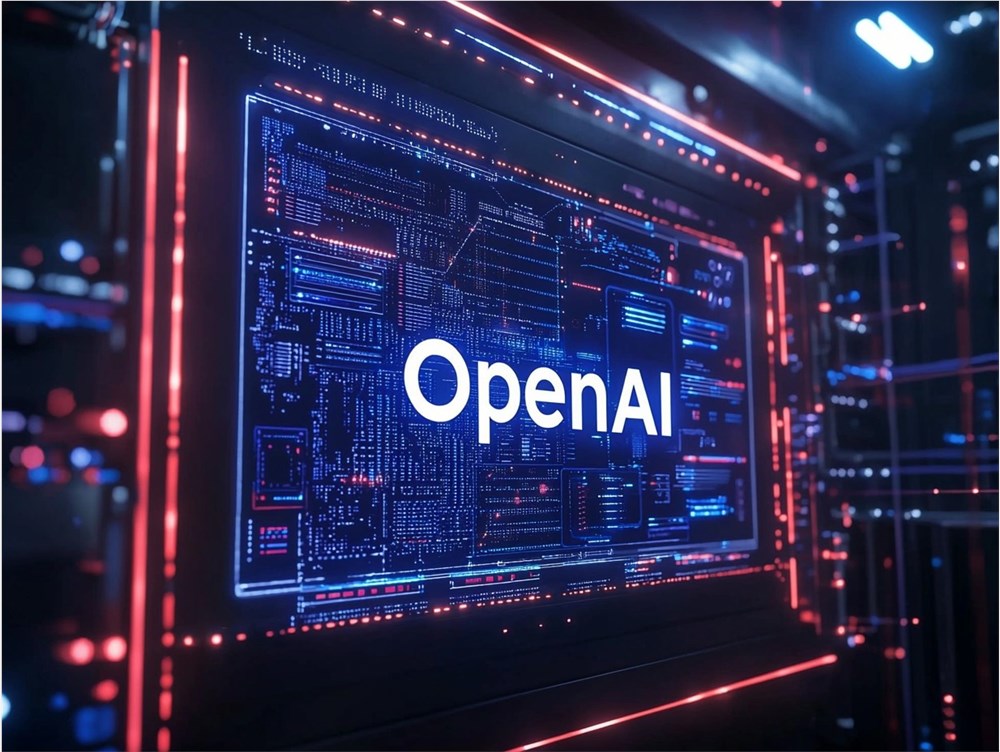Generative Artificial Intelligence (AI) is rapidly rising as a crucial tool across various industries. According to Gartner's predictions, by 2026, over 100 million people globally will use generative AI to enhance their work efficiency. Today, generative AI is no longer just a concept of the future; it has already been widely applied in sectors such as healthcare, advertising, manufacturing, software development, financial services, and entertainment.

Image source note: The image was generated by AI, authorized by service provider Midjourney
In the fields of healthcare and pharmaceuticals, generative AI can enhance and synthesize medical images such as X-rays or MRIs, providing new perspectives on disease progression. Meanwhile, researchers are utilizing generative AI to design and discover new drugs, with an expected 30% of new drugs to be developed using generative design principles by 2025. Additionally, AI can streamline patient records, automatically summarize medical histories, extract key information, and even formulate personalized treatment plans based on medical imaging and genetic data.
In the advertising and marketing industries, the application of generative AI is equally significant. It can quickly generate market promotional copy and images that align with brand tones, helping businesses create and publish content more efficiently. Moreover, personalized recommendation systems based on user preferences can enhance customer shopping experiences. AI can also automatically generate product descriptions, ensuring information consistency on e-commerce platforms and helping SEO professionals optimize content to improve search engine rankings.
In manufacturing, generative AI is accelerating the design process, allowing engineers to quickly generate multiple design options and optimize project designs. Smart maintenance solutions can predict maintenance times by monitoring equipment performance, preventing equipment failures. In software development, developers use generative AI to generate, optimize, and automatically complete code, greatly enhancing development efficiency.
The financial services sector is not lagging behind either. AI-driven investment strategies can analyze vast amounts of data and execute transactions quickly and accurately. Meanwhile, generative AI can simplify complex financial information, helping customers understand better and providing personalized financial advice. It can also assist financial institutions in tracking the latest regulatory changes and automatically drafting compliance reports and other documents.
In the media and entertainment industries, generative AI can create original video and audio content, simplify the editing process, and enhance visual effects. AI can also generate highlights of sports events in real-time, allowing fans to enjoy more personalized viewing experiences. Additionally, it can tag and organize large media libraries, facilitating management and retrieval.
Key Points:
🌟 Generative AI is expected to attract over 100 million users by 2026, becoming an essential tool in the workplace.
💡 Widely applied in sectors like healthcare, advertising, manufacturing, and software development, generative AI enhances work efficiency.
🎬 The media and entertainment sector is also leveraging generative AI to create content and manage data, driving industry transformation.









